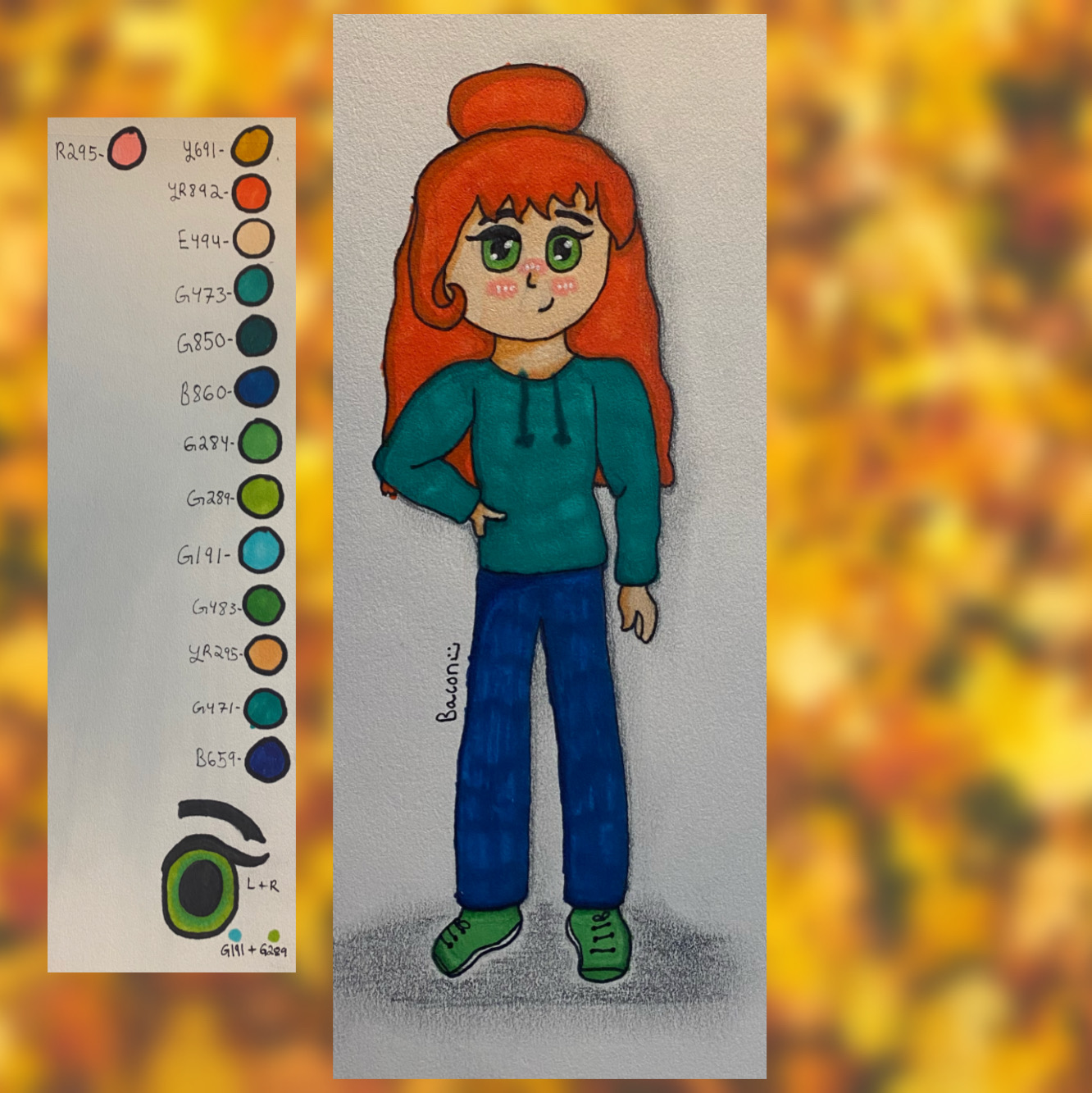Make a Spring Journal!
Make a spring journal to record observations, press leaves and flowers, sketch nature, track weather, and decorate pages with drawings and labels.



Step-by-step guide to make a spring journal
How to Start a Spring Nature Journal for Children | Springtime Activities for Children | Twinkl
Step 1
Gather all the materials from the list and bring them to your workspace.
Step 2
Choose a notebook or fold and stack plain pages to make a small book to be your journal.
Step 3
Write "My Spring Journal" on the cover to give your book a title.
Step 4
Draw a big bright spring picture on the cover to make it cheerful.
Step 5
On each page write the headings Date Weather Location Sketch Notes at the top.
Step 6
Go outside and carefully collect a few small flat leaves or thin flowers that are not wet or mushy.
Step 7
Place each leaf or flower between two sheets of extra plain paper to protect it.
Step 8
Slide the paper packets into a heavy book and put more heavy books on top.
Step 9
Leave the pressed plants undisturbed for 5 to 7 days so they dry flat.
Step 10
While you wait, take one journal page outside and make a quick pencil sketch of a plant you like.
Step 11
Write one short observation about what you notice by the sketch such as color scent or where it was growing.
Step 12
When the plants are dry and flat remove them carefully from the book.
Step 13
Use small dots of glue to attach each pressed specimen to a page in your journal.
Step 14
Write the plant name and the date beside each glued specimen and then decorate the page with drawings stickers and color.
Step 15
Share your finished spring journal on DIY.org.
Final steps
You're almost there! Complete all the steps, bring your creation to life, post it, and conquer the challenge!


Help!?
What can we use if we don't have a heavy book or extra plain paper for pressing the plants?
If you don't have a heavy book, press the plant packets under a stack of magazines or a board weighted with bricks or canned goods, and substitute clean printer paper or coffee filters for the extra plain paper.
What should we do if the leaves feel damp or start to go mushy during the 5 to 7 day pressing step?
If leaves are still damp after 5–7 days, take them out, replace the extra plain paper with dry sheets, move the paper packets to a warmer, drier spot, and discard any mushy specimens to prevent mold.
How can we adapt the activity for younger children or for older kids who want more challenge?
For younger children, pre-write the headings (Date Weather Location Sketch Notes) and have an adult handle the pressing and gluing while the child adds simple sketches and stickers, and for older kids have them research and write scientific names, detailed habitat notes, and longer observations beside each glued specimen.
What are some ways to enhance or personalize our finished spring journal beyond decorating the pages?
To extend the project, glue a clear sleeve or pocket inside the back cover to hold extra specimens or labels, photograph and paste images next to each glued plant, add a small location map and magnified sketches, then decorate the cover and share the finished spring journal on DIY.org.
Watch videos on how to make a spring journal
How To Draw A Spring Tree House for Kids and Beginners
Facts about nature journaling
📓 Charles Darwin and many famous naturalists kept detailed nature journals filled with observations and sketches.
🌦️ Keeping a simple daily weather log (temperature, rain, cloud cover) through a season can reveal surprising local patterns.
🍃 Phenology is the study of seasonal events—tracking first blooms and leaf-out dates helps scientists understand climate change.
🌼 Pressed flowers and leaves stored flat and dry can stay preserved for decades; some herbarium specimens are over 200 years old.
🎨 Quick field sketches with labels are powerful: botanical illustrators and scientists use them to capture identifying details for species ID.
How do you make a spring journal?
What materials do I need for a spring journal?
What ages is a spring journal suitable for?
What are the benefits and safety tips for a spring journal?


One subscription, many ways to play and learn.
Only $6.99 after trial. No credit card required



